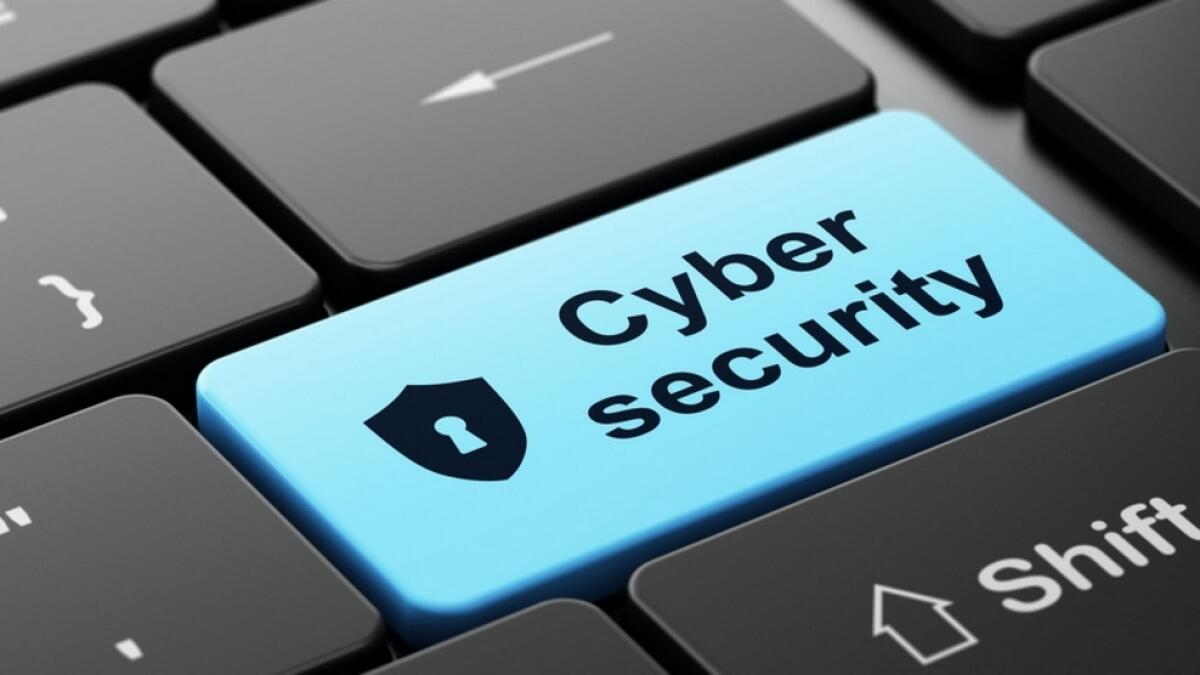Exploring the Different Types of Cyber Security Threats: What You Need to Know

Types of cyber security threats
There are many different types of cyber security threats. To better understand the threats and how to protect yourself from them, let’s take a look at each threat type in detail. Malware - Malware is malicious software designed to steal information or damage data. Malware can be installed on your device or sent to you via email or text message. It can even be inserted into a website you are visiting. Malware can collect sensitive information such as passwords, account information, or credit card numbers. Malware can also damage your device by deleting files or crashing your computer. Additionally, malware can be used to turn your device into a bot and be used to send spam or conduct DDoS attacks. Phishing - Phishing scams are used to trick you into providing sensitive information such as passwords, account information, or credit card numbers. Phishing scams can take many forms including emails, text messages, or pop-up ads. Phishing scams are designed to look as if they are coming from a trustworthy source such as your bank or utility company. Phishing emails are also designed to look legitimate and may even include a fake “broken-image” message to make it seem like there is a problem with the email recipient’s email account. Data Breaches - A data breach occurs when your computer, device, or network is hacked and sensitive information is stolen. While malware and phishing scams can be used to steal sensitive information, a data breach is usually caused by a mistake by the business or organization holding your information. There have been many high-profile data breaches in recent years including the Equifax breach (145 million impacted) and the Facebook-Cambridge Analytica data breach (87 million impacted). As a result of these data breaches, large numbers of people have had their sensitive information stolen such as usernames, passwords, account information, and credit card numbers. Denial-of-Service Attacks - A denial-of-service (DoS) attack is an attempt to overload a network or device with an excessive amount of traffic. A DoS attack can be targeted toward a specific computer or network or be a distributed denial-of-service (DDOS) attack. A DoS attack can be sent using a botnet and can be used to take down a website, server, or other devices. DoS attacks can be designed to send your computer or device a large amount of traffic so it becomes overwhelmed and unusable. DoS attacks can also be used to flood a network with a large amount of data and take it offline. Ransomware - Ransomware is malicious software that holds your information hostage. Ransomware may be installed on your device or sent to you via email or text message. Once installed on your device, ransomware can encrypt your data and ask for money to unlock the data. Ransomware can be installed on your device through a link in an email or a pop-up ad. It can also be sent to you via email disguised as a receipt or invoice. Ransomware may also be sent to you via email disguised as a notice from law enforcement or a utility company. Social Engineering - Social engineering is the manipulation of people to obtain information or perform actions they would not otherwise do. Social engineering can be used to trick you into clicking on a malicious link or downloading malicious software. Social engineers may pose as website or email administrator and request that you provide sensitive information. They may also pose as law enforcement or government officials and ask you to perform an action or send you sensitive information.
Steps to Protect Yourself
While the different types of cyber security threats can be scary, there are steps you can take to protect yourself from them. Here are some basic steps you can take to protect yourself from cyber security threats: - Practice safe browsing: While you are online, avoid clicking on unfamiliar links, visiting questionable websites, or downloading files from unknown sources. - Install security software: Install security software on your computer and make sure it is updated with the latest patches and fixes. It is also important to make sure that security software is always turned on and that you have set up automatic updates so your protection software is always up to date. - Use strong passwords: Make sure you have strong passwords that include letters, numbers, and symbols and change them regularly. Avoid reusing the same passwords and make sure you don't save your passwords in your browser. - Do not click on links in emails: Do not click on links in emails unless you are 100% sure they are coming from a legitimate source. - Update your devices: Update your computer, phone, tablet, etc. regularly and make sure you have the latest patches or fixes installed. - Stay informed: Be aware of current cyber security threats and make sure you stay informed of the latest threats that are out there.
Cyber Security Best Practices
In addition to the steps above, there are some best practices you can follow to make sure your cyber security is as strong as possible. - Change your passwords regularly: Ensure that you are regularly changing your passwords for all your online accounts. You can also add an extra layer of security by using a password manager to store all your passwords in one secure location. - Use two-factor authentication: Two-factor authentication is an added layer of security that requires you to use something you have such as a password and something you are such as your fingerprint to log in to an account. When possible, make sure you are using two-factor authentication. - Avoid public Wi-Fi: When you are out and about, avoid logging into your account on public Wi-Fi.
Cyber Security Tools
While the basic steps above can help protect you from cyber security threats, there are also various tools that can help further protect you online. Here are a few cyber security tools you can use to protect yourself from cyber security threats: - Browser extensions: Browser extensions such as Privacy Badger and uBlock Origin use algorithms to detect and block malicious websites. - VPN: A virtual private network (VPN) can protect your data by creating an encrypted tunnel between you and the Internet. A VPN also allows you to change your virtual location. - Anti-malware software: Anti-malware software can scan your device for malicious software and remove threats. - Content filtering: Content filtering software such as Spam Arrest can scan your emails for malicious content and threats. - Firewall: A firewall can protect your device by monitoring incoming and outgoing traffic and blocking any suspicious activity. - Anti-virus software: Anti-virus software can protect your device and remove viruses and malware.
Conclusion
Digital threats are very real threats, and they are only increasing in number and complexity each year. Cybersecurity threats can be scary, but there are many ways to protect yourself from them. By practicing safe browsing, installing security software, and using strong passwords, you can keep yourself safe online. In addition to these steps, you can also use browser extensions, VPNs, anti-malware software, content filtering, firewalls, and anti-virus software to protect yourself.







 Call
Call
 Mail
Mail